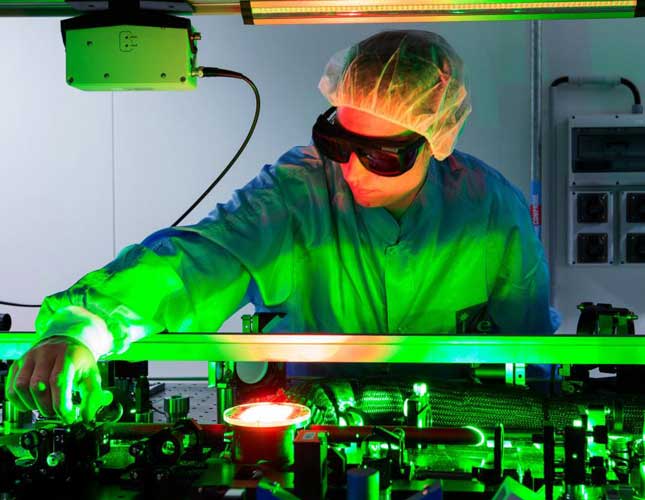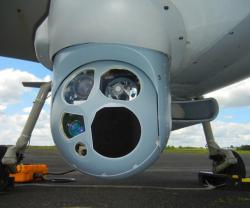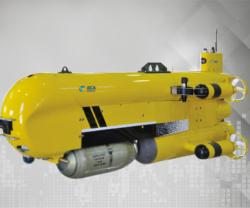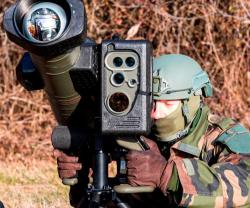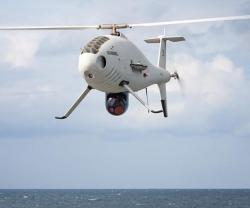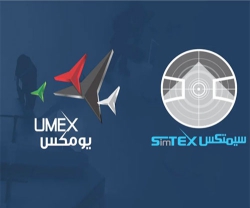Safran Reosc has signed a contract with French National Scientific Research Center CNRS (Centre national de la recherche scientifique) to make the high-performance light path mirrors for the Apollon laser being built by the CILEX interdisciplinary extreme light center, or Centre Interdisciplinaire Lumière Extrême (Cilex).
Cilex is a world-class research center dedicated to studying how laser light interacts with matter, under extreme lighting conditions. Comprising 12 partner labs from Paris-Saclay University, it receives funding from both French and European institutions.
One of the largest and most powerful lasers in the world, Apollon will be operated by the high-power laser laboratory LULI (Laboratoire pour l’utilisation des lasers intenses), a joint establishment of CNRS, the École Polytechnique engineering school, UPMC and French Alternative Energies and Atomic Energy Commission CEA-EA2.
Safran’s participation in this program is the result of the relationship of mutual trust that it has formed with some of today’s leading university labs and research centers. Safran Reosc’s selection by CNRS and LULI to make these large mirrors follows the success of the three-year research program conducted by Safran Reosc along with several CNRS labs: Applied Optics (also grouping Ensta ParisTech and the École Polytechnique), Institut Fresnel (in collaboration with the École centrale de Marseille and Aix-Marseille University) and the laser, plasma and photonic processes lab (also including Aix-Marseille University). This research program developed new reflective coatings needed for the mirrors on the Apollon laser.
François Mathieu, CNRS Project Manager, explained: “When the Apollon project was launched, these coatings for our mirrors were not yet available.”
Safran Reosc CEO Philippe Rioufreyt added: “With these innovative developments for very-high-performance optics, the new mirrors for the Apollon laser represent a major step forward for our company, in terms of both production and the underlying science.”
Safran Reosc will deliver all of these mirrors for Apollon through the end of the year, turning out over 60 in all: 34 medium angle mirrors, 23 large mirrors, a medium-size periscope, a large porthole and two large parabolas. All of these optics will be polished to within tolerances better than 100 nm (0.0001 mm).
Safran Reosc develops and produces high-performance optics for observation satellites, giant telescopes, high-energy lasers and the semiconductor industry. The company has already produced several hundred optical assemblies for LIL, the prototype line for the Megajoule laser developed by French Alternative Energies and Atomic Energy Commission (CEA-EA), along with metric class mirrors for large laser infrastructures used for defense or civilian applications.
Apollon is one of the largest laser infrastructures ever built. “First light” is planned for 2017, and it will be open to the international scientific community in 2018. Designed for a power level of 10 petawatts (PW), within a few months Apollon will be the first laser in the world to develop 4 PW of power – that’s several times greater than today’s most powerful lasers. Because of this extremely intense light, Apollon will produce beams of unprecedented and previously unimaginable power. It will become the solution of choice to explore new realms of relativity and vacuum physics, along with new particle acceleration technologies for medical research or to delve into the structure of matter. The LULI lab is led by CNRS, École Polytechnique, CEA and Pierre et Marie Curie University.
Safran is a leading international high-technology group with three core businesses: Aerospace (propulsion and equipment), Defense and Security. Operating worldwide, the Group has 70,000 employees and generated sales of 17.4 billion euros in 2015.
Safran Reosc, a subsidiary of Safran Electronics & Defense, a high-tech Safran company, is a world leader in the design, production and integration of high-performance optics for astronomy, space, large lasers and the semiconductor industry, for both civil and defense applications.

